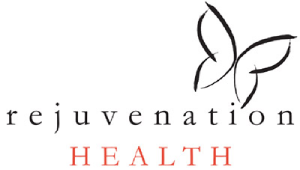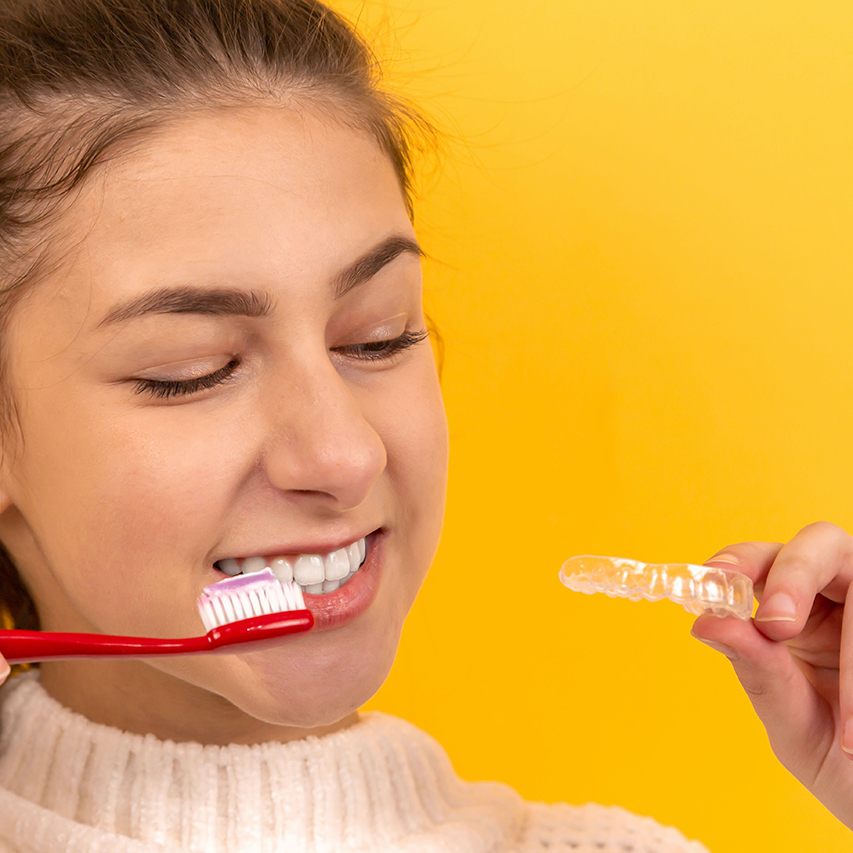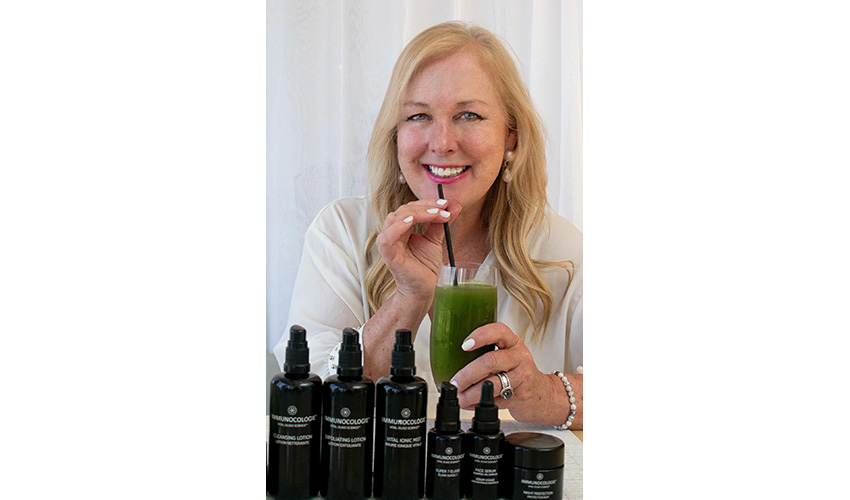Everyone wants a beautiful smile with dazzling pearly whites. But you have to be careful how you brighten your teeth and remove enamel stains. Corrosive methods for whitening teeth can actually cause permanent dental damage and worsen discoloration.
Why is it important to whiten teeth? Having bright, clean teeth encourages you to smile more, making you appear more attractive and approachable to other people. A healthy mouth can increase your self-confidence and positivity, boosting your emotional and mental wellbeing.
Risk Factors For Teeth Whitening
Is teeth whitening safe? That depends on how you whiten your teeth. While it is safe to whiten your teeth in general, there are certain techniques that you should always avoid. Otherwise, you can permanently damage the enamel shell or underlying dentin in your teeth.
Unfortunately, whitening your teeth can be risky if you don’t use safe, careful methods. What are the side effects of teeth whitening? Improper whitening techniques can result in:
- corrosion or loss of surface enamel
- gingival irritation and inflammation
- darker-shaded teeth or patchy discoloration
- higher chance of cracks, fractures, or chips
- painful tooth sensitivity as dental erosion exposes underlying nerves
These potential risks should convince you that teeth whitening is only safe if you do so properly and don’t harm your mouth.
Is teeth whitening safe for children? Kids who have not developed their adult teeth yet and still have their baby teeth should not use bleaching products to whiten their teeth. According to the American Academy of Pediatrics, teeth whitening is safe for a child only after they have lost all their baby teeth and had their permanent teeth for a year or two.
Whitening Techniques to Avoid
Tooth bleaching can be risky because certain whitening agents deteriorate the enamel while removing the stains embedded in them. Your teeth may look nicer afterward, but that doesn’t mean they’re healthier. Because of that, avoid these harmful whitening techniques.
- LED whitening kits and treatments: These whitening systems emit blue light to speed up teeth whitening and can be performed at home or in a dentist’s office. Why is LED whitening bad for your teeth? Concentrated UV light can cause severe gingival burns and irritation, as well as enamel damage.
- Vinegar: The high level of acidity in apple cider vinegar can cause irreversible dental erosion. That includes using salt-and-vinegar or salt-and-baking-soda blends as whitening treatments.
- Lemon juice: Citrus whitening methods are also high in acidity and can cause enamel deterioration if used as a rinse.
- Charcoal: Activated charcoal is all the rage right now, but this method of teeth-whitening can actually cause damage to your teeth. How? The American Dental Association found that over-the-counter products containing activated charcoal can cause tooth erosion.
- Undiluted peroxide: Using a high concentration of carbamide peroxide or hydrogen peroxide is too corrosive for your teeth. Higher-strength peroxide products can eradicate collagen protein and thus harm your teeth’s dentin. These rinses should be diluted to a low concentration when used.
A safe, healthy whitening process should be gentle on your teeth and not corrode them. While it may be tempting to use a method that promises fast results using acute means, that could cause serious dental damage.
When is teeth whitening not recommended? Most dentists recommend avoiding teeth whitening procedures if you have
- tooth sensitivity, aches, or pains
- gum disease like gingivitis or periodontitis
- a history of weak enamel
- cosmetic dental work like fillings, crowns, or veneers
Safest Whitening Methods
The safest way to whiten teeth is proper, habitual oral hygiene. Brushing your teeth, flossing, and using a non-alcoholic mouthwash after every meal will purify and polish the dental surface, lessening surface stains and plaque buildup. But, it takes a long time to see visible results, so you can supplement your daily dental care routine with any of these safe, at-home tooth-whitening methods:
- Oil pulling: Oil pulling is a non-corrosive way to naturally whiten your teeth. This affordable technique is easy to do at home. Simply swish a tablespoon of MCT or coconut oil between your teeth for 5-20 minutes once every morning before breakfast. This will cleanse your mouth of stain-causing bacteria that wreck your oral microbiome. Plus, natural oils have anti-inflammatory properties and don’t damage your enamel.
- Whitening strips: Are teeth whitening strips safe? Over-the-counter teeth whitening strips are safe as long as you don’t use them too frequently or for long periods of time. The plastic film contains bleaching agents like hydrogen peroxide and carbamide peroxide, which can irritate your gums and corrode enamel if overused. Limit your usage to a complete treatment 1-2 times per year. Follow their instructions closely, and only buy products approved by the ADA.
- Baking soda: In addition to your normal toothpaste, brush your teeth with baking soda using a soft-bristled brush. It’s mildly abrasive and will gently polish the enamel, removing plaque and surface stains over time. This is a cheap, effective way to whiten your teeth and remove plaque. That’s why so many whitening toothpastes contain baking soda.
- Hydrogen peroxide: This bleaching agent is highly effective at removing extrinsic stains from the dental surface when used as a mouthwash. However, high concentrations of hydrogen peroxide can erode tooth enamel, so make sure you use a low concentration of 5% or below that’s diluted with water to avoid oral damage.
- Other teeth-whitening products: Over-the-counter whitening mouthwashes or toothpastes that incorporate a whitening gel are typically very mild bleaching products. Most people can safely incorporate them into their daily oral hygiene routine.
- Certain dentist-administered methods: You can obtain prescription-strength bleaching gel with a custom whitening tray molded to the shape of your mouth from a dental professional. Office treatments cost more than at-home treatments but are personalized to your mouth and thus more effective.
Is dentist teeth whitening safe? That depends on the method being used; LED laser-whitening is always unsafe for your teeth, but professional bleaching can be non-damaging if performed properly. Typically, in-office whitening procedures are safer than at-home kits because they’re administered and monitored by a professional.
Maintaining White Teeth
Now that you’ve safely, effectively whitened your teeth, you need to keep them pure and pearlescent. Teeth whitening is not permanent; it only lasts 1-2 years before stains return, though that timeframe varies based on your daily hygiene habits and your diet.
White teeth can become discolored over time, so preserve a whiter smile by following these habits.
- Eat foods that strengthen your teeth: Some fruits and vegetables contain nutrients that nourish and strengthen your teeth. For instance, mango and pineapple contain enzymes that clean the dental surface and prevent stain-causing bacteria from sticking.
- Drink milk: Drink a glass of milk every day. The calcium in milk fortifies enamel, and the casein protein prevents plaque buildup. Plus, research shows that it can prevent future stains by prohibiting staining elements from binding.
- Drink green tea: Next to water and milk, green tea is one of the best drinks for your oral health. Why? Research shows that green tea can remineralize enamel and protect teeth from erosion.
- Chew sugar-free gum: Chewing gum increases saliva flow in your mouth and helps prevent dental caries. Saliva loosens sticky food and drink residue that’s wedged between your teeth or across the enamel. Just make sure you don’t chew gum that is sweetened with sugar or sugar substitutes.
- Visit the dentist regularly: At-home whitening and oral care are important for a healthy smile, but you can’t neglect routine trips to the dentist’s office. Professional cleaning and inspection by a dental hygienist twice a year are crucial for maintaining healthy teeth. If you’ve been avoiding office visits because you suffer from dental anxiety, talk with your dentist about accommodations.
How often should you have teeth whitening done? You should only whiten your teeth twice per year at most. More often than every 6 months can cause serious dental damage from overuse. Mild, noncorrosive at-home methods like using a whitening toothpaste and non-alcoholic mouthwashes can be used on a daily basis.
What to Avoid for Stronger Enamel
Tooth enamel is very important for your dental health and the condition of your mouth. Strong, durable enamel is a key component of good oral wellbeing and resistance to infection. You may want whiter teeth, but it shouldn’t come at the expense of strong enamel. Here’s what to avoid:
- Corrosive foods and drinks: These include coffee, soft drinks, red wine, candy, and anything with excessive sugar.
- Chewing ice or hard candy: The pressure of chewing on solid, dense items is potentially harmful and may cause micro-fractures in your teeth.
- Grinding your teeth or clenching your jaws: These are potentially harmful parafunctional habits to avoid.
- Smoking or chewing tobacco: Leads to an increased risk of tooth decay.
- Tongue piercings: The constant metal stud scraping against your teeth grinds down the enamel and may cause fractures.
- Chewing or biting inedible objects: Your teeth are not scissors! Using them to tear open bags, cut strings, or trim small objects. Even chewing on a pencil or your finger nails can grind down the enamel or put extra pressure on the tooth.
- Toxic dental fillings: Many dentists have patched cavities with amalgam fillings containing mercury, glass ionomer containing fluoride, and composite resin containing BPA. These toxic dental fillings are bad for your teeth, your mouth, and by extension your entire body.
- Rough, vigorous brushing: Only use toothbrushes with soft- or medium-rigidity bristles. When you brush your teeth, bear in mind that you’re just cleaning the surface; adding extra pressure can damage your enamel.
Pro tip: If you’re not sure how to back off the pressure, try holding your toothbrush with just your thumb and first two fingers.
Need Further Guidance?
We at Rejuvenation Dentistry want you to have a beautiful, brighter smile — and that goes beyond whitening your teeth. Tooth color is only one factor of healthy, holistic oral care.
Tooth restorations involve more than just the visible surface; they require a careful cultivation of your entire oral cavity. That’s why our biologic dentistry practice considers the wellbeing of your entire mouth to give you a healthier smile.
Contact our office to schedule a consultation. We can assess your dental condition and discuss teeth whitening options that are safest for your teeth. We can even administer professional whitening treatments here in Manhattan or East Hampton, which we recommend if you have sensitive teeth.




